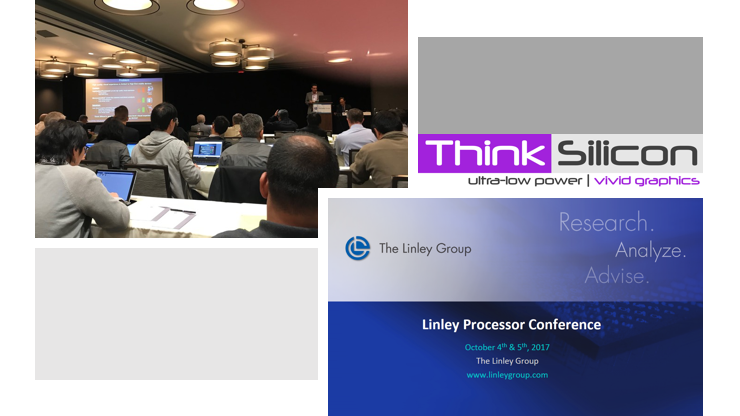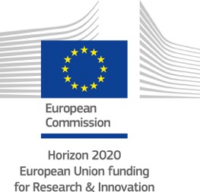Think Silicon successfully participated last week in the Linley Processor Conference 2017 which was held between 4-5 October at California, U.S.. As being the largest and most prestigious event of the Linley Group, it included dual-track presentations on the latest processor chips, processor IP and other technology required to efficiently process neural networks, packets, vision, and other workloads used in deep learning, embedded, communications, automotive, Internet-of-Things (IoT), and server designs.
Within the Linley Processor Conference 2017, Dr. Iakovos Stamoulis, Chief Technology Officer and co-founder of Think Silicon, made a presentation entitled “Ultralow-Power 3D Micro-GPU for IoT-Class Devices” presenting, inter alia, the performance and power analysis tools developed in the LPGPU2 project. The emerging Internet-of-Things market, with display devices limited in area, performance, memory, thermal dissipation and battery capacity is adding design challenges for engineers. The end-user is expecting the same fluid interaction and high–quality graphical-user-interface (GUI) experience known from their smartphones and tablets. These demands cannot be met through hardware improvements alone, but the software must fully exploit the available resources.
To answer these challenges, LPGPU2 proposes to aid the application developer in creating software for low-power GPUs by providing a complete performance and power analysis process for the programmer.



Comments are closed.